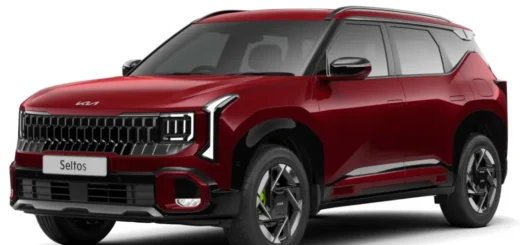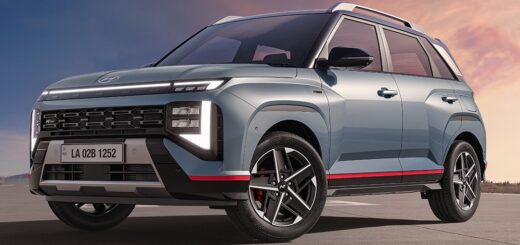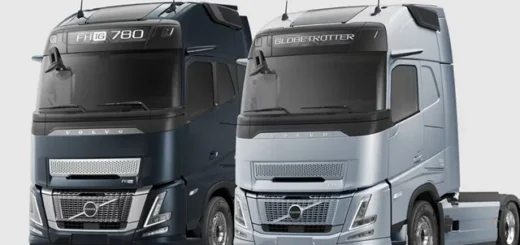BMW i3 Redefines Sustainable Car Technology
Just few days ago, BMW unveiled the first production car of its much hyped “i” project, the i3, a significant leap from a concept to a production model. Claimed to be the world’s first mass produced car to be primarily made of Carbon Fibres, the i3 redefines sustainable mobility in many ways undoubtedly.
We are witnessing good developments in electric mobility in terms of performance, driving range, and battery heaviness. Though the impetus is comparingly less to hybrids as of now. To cross the horizon, the project “i” aims to ask for new materials to embody sustainability in accordance with customer wants, to make cars that drive sustainably and are sustainable throughout their entire life span. And the BMW’s ultimate answer is the mass application of Carbon Fibre technology into electric mobility.
So far, the use of carbon fibre is seen in F1 and some exclusive sports cars. It is costly and complex to produce, and demands lot of manual works by hands. Now, BMW becomes the world’s first car maker to incorporate this incredibly strong and light weight production material into production cars. The joint venture with SGL Automotive Carbon Fibers, and the company’s association with Boeing, has given a better hand for BMW in this new technology.
Thanks to the CF technology, the i3 weighs up just 1250 kgs. The battery made up of lithium-ion cells under the passenger bay is 130 kgs. It produces 125 KW of power with 250 Nm of torque. Acceleration from 0-100 kmph is less than 8.0 seconds. The car’s driving rage is claimed to be 160 kms, with 6 hrs to fully recharge the battery from a normal electric outlet. By using a quick charge connector, the i3 can reach 80 percent of charge in just 30 mins!
The CFRP is made from carbon, and not conventional metal, does that mean the carbon comes from renewable resource? They are of course not renewable, but they are readily recyclable. just that they use renewable energy to power the factory. The resins used to make polymers can be separated from the fibers, without damaging them, allowing them to be reused. But recycling does involve energy, but the company says it uses renewable energy to power the factory during production. So, I feel there’s no novel here as of now.
The i3, from a macro perspective, is simply the latest in a line of electric vehicles the global automobile industry is yet to receive. By this, I don’t mean that the company’s claim is totally spurious.
While the i3 may not revolutionize the electric mobility the way BMW claims, it has certainly moved the game on significantly. Curious to know what’s more exciting in the upcoming i8!









Didn't this car have a glass in the lower part of the doors?This new design is awful.